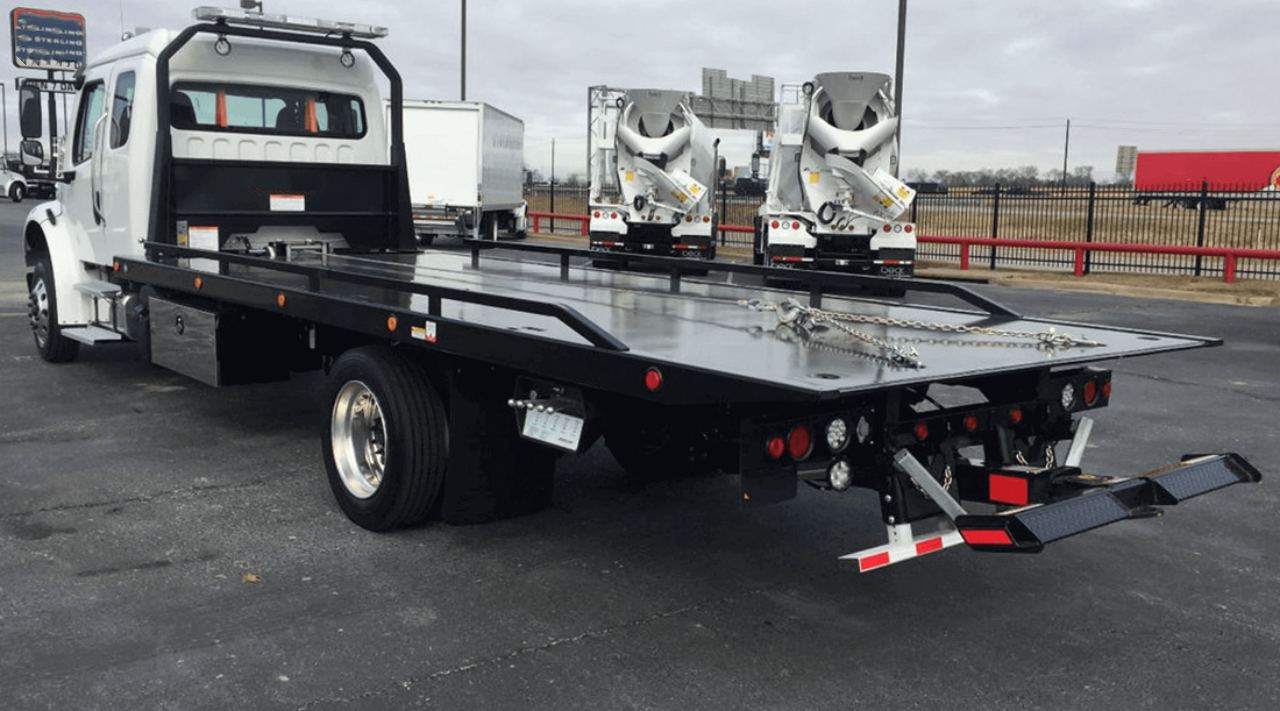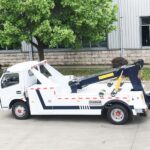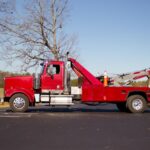In today’s fast-paced world, kamioias play a crucial role in keeping our roads safe and ensuring the smooth flow of traffic. They come to the rescue of stranded motorists, clear accident scenes, and assist in moving improperly parked vehicles. Hala ere, while their services are undoubtedly essential, tow truck operations also have a significant environmental impact. Artikulu honetan, we will delve into the various aspects of how tow truck operations affect the environment and explore potential solutions to mitigate these effects.
The Tow Truck Industry: A Brief Overview
The garabiak industria is a vital component of the automotive ecosystem, providing services that range from errepideko laguntza to accident recovery eta impoundment of illegally parked vehicles. These services are essential for maintaining road safety, preventing congestion, eta facilitating the movement of traffic. Garraioahainbat motatakoak dira, including flatbeds, wheel lifts, and hook and chain trucks, each with specific functions and capabilities.
Energy Consumption and Emission
One of the primary environmental concerns associated with tow truck operations is the energy consumption eta emissions generated by these vehicles. Garraioas are typically powered by internal combustion engines, which rely on fossil fuels like gasoline or diesel. Ondorioz, they emit carbon dioxide (CO2), nitrogen oxides (NOx), and particulate matter into the atmosphere.
Garraioas often need to idle for extended periods while waiting for calls or working at accident scenes. Idling consumes fuel eta contributes to air pollution. Hala ere, advancements in technology, esaterako hybrid and electric tow trucks, are beginning to emerge, offering the potential for a more sustainable alternative to traditional, gas-guzzling models.
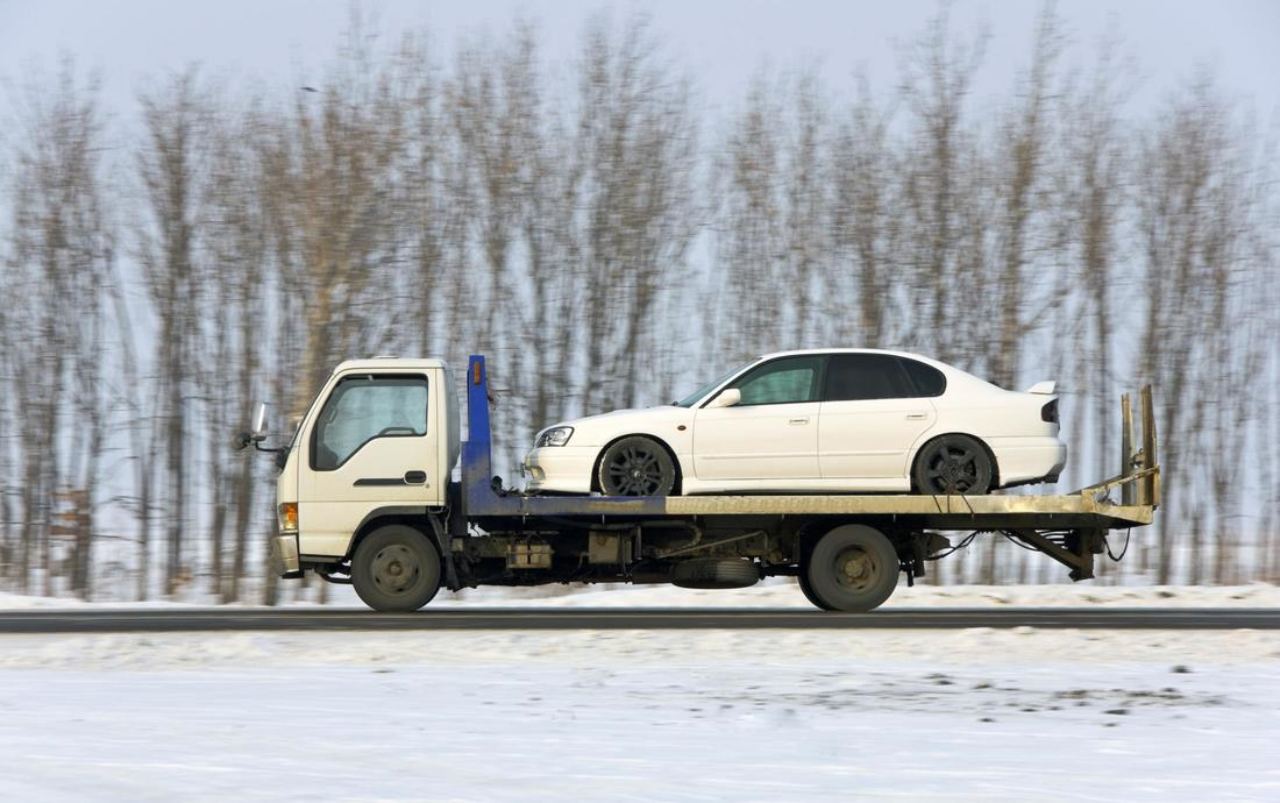
Resource Intensity and Maintenance
The operation of kamioias is resource-intensive. These vehicles require a significant amount of maintenance, which can lead to the consumption of materials and energy. The extraction and processing of materials for truck maintenance, as well as the disposal of waste materials, contribute to environmental impacts.
Eta gainera, the production of kamioias themselves involves the use of raw materials, energy, and transportation resources. The lifespan of a kamioia is generally shorter than that of personal vehicles, which results in more frequent replacements eta further environmental costs.
Traffic Congestion and Fuel Efficiency
Bitartean kamioias aim to reduce traffic congestion by quickly removing accident-damaged vehicles, their presence can sometimes have the opposite effect. Traffic jams can occur when kamioias are working to clear an accident scene, leading to excessive fuel consumption and emissions.
To mitigate these issues, some tow truck companies are implementing fuel-efficient practices, esaterako route optimization and the use of low-emission vehicles. Gainera, the adoption of better traffic management strategies during accident recoveries can help reduce congestion and emissions.
Illegal Parking Enforcement
Garraioas are commonly used for enforcing parking regulations by impounding vehicles parked in restricted areas or without valid permits. While this serves to maintain order and prevent illegal parking, it also involves additional emissions eta energy consumption. Garraioas need to travel to the location of the illegally parked vehicle, load it onto the truck, and transport it to an impound lot.
To address this environmental concern, local governments eta atoian-enpresak can explore alternative methods for enforcing parking regulations. The use of ticketing systems or immobilization devices can help reduce the need for kamioias in cases of minor parking violations, minimizing the associated emissions and energy consumption.
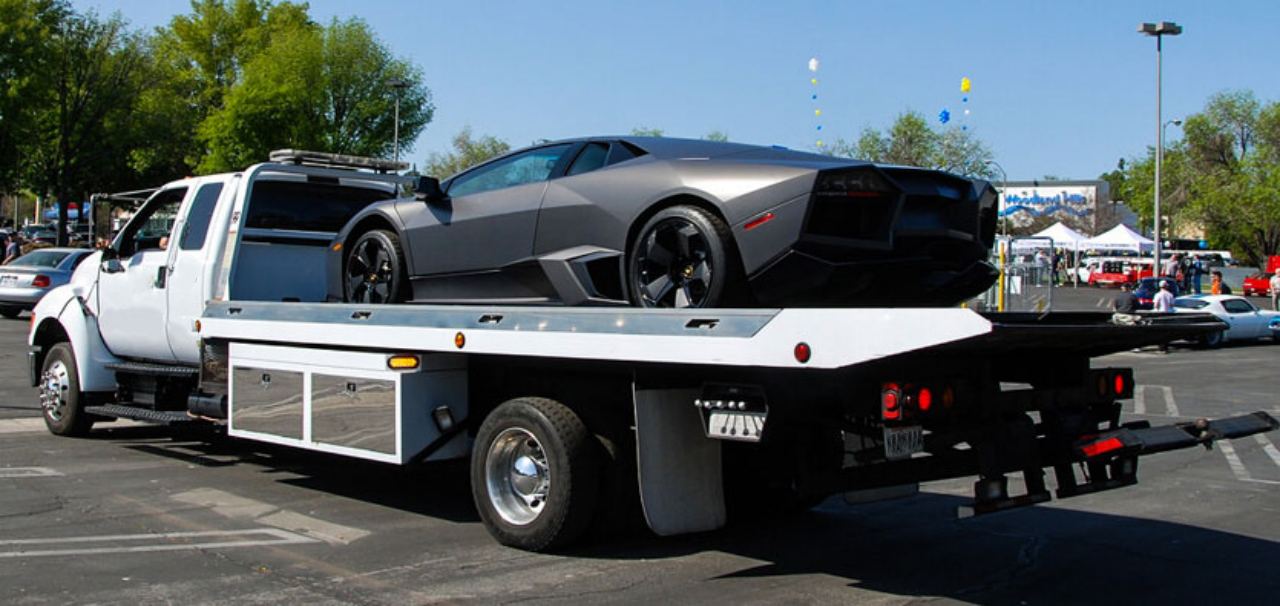
Waste Generation and Disposal
The towing industry generates a significant amount of waste, including old or damaged vehicle parts, used oils and fluids, and worn-out tires. Proper disposal eta recycling of these materials are essential for reducing the environmental impact. Tow truck operators should adhere to waste management regulations and promote recycling and responsible disposal practices.
Gainera, adopting environmentally friendly materials eta technologies urtean tow truck manufacturing can help reduce waste generation. Lightweight materials eta energy-efficient components can extend the lifespan of kamioias and reduce the need for frequent replacements.
Community Noise Pollution
Tow truck operations can be noisy, especially during vehicle recovery and transportation. The noise generated by kamioias can disrupt the peace and tranquility of residential areas, leading to noise pollution issues. Hau noise pollution can have adverse effects on the health and well-being of nearby residents.
To address this concern, tow truck operators can invest in quieter equipment and adopt noise-reduction measures such as mufflers and soundproofing technologies. Gainera, local regulations can be put in place to restrict the hours during which tow truck operations can occur in residential areas.
Sustainable Tow Truck Practices
While the environmental impact of tow truck operations cannot be eliminated, some steps can be taken to make these operations more sustainable:
1. Adoption of Eco-Friendly Vehicles: Tow truck companies can invest in environmentally friendly vehicles, esaterako hybrids or electric tow trucks. These vehicles produce fewer emissions and are more fuel-efficient.
2. Route Optimization: Implementing efficient routing eta dispatch systems can minimize fuel consumption eta reduce emissions by ensuring that tow trucks take the most direct route to their destinations.
3. Maintenance Best Practices: Mantentze erregularra eta inspections of tow trucks can ensure they operate efficiently and extend their lifespan, reducing the frequency of replacements.
4. Noise Reduction: Noise pollution can be minimized by using quieter equipment, and mufflers, and scheduling tow truck operations during hours that minimize disturbance to residents.
5. Waste Management: Tow truck operators should adhere to waste management regulations, recycle materials, and promote responsible disposal practices.
6. Traffic Management: Improved traffic management strategies during accident recoveries can help reduce congestion and emissions.
7. Regulation and Compliance: Local governments can implement and enforce environmental regulations for the towing industry, encouraging responsible practices.
8. Public Awareness: Tow truck companies can educate the public about their environmental efforts and encourage responsible parking behavior to reduce the need for towing.
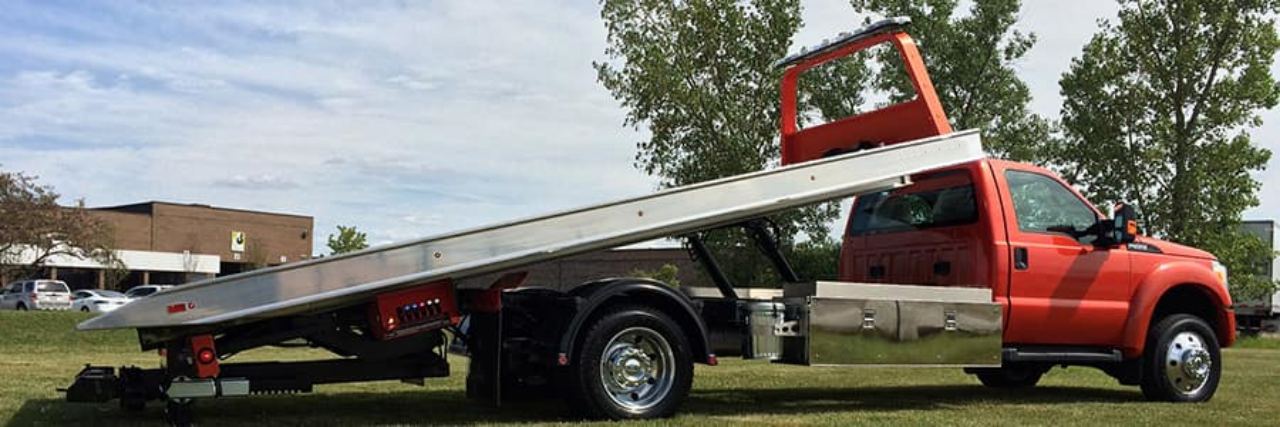
Bukatzeko, tow truck operations are essential for maintaining road safety eta traffic flow, but they do have a significant environmental impact. The industry is evolving, with the emergence of more eco-friendly tow truck options and a growing focus on sustainability. By implementing sustainable practices and technologies, tow truck operations can help mitigate their environmental impact and contribute to a cleaner, greener future. It is essential for all stakeholders, including towing companies, regulators, and the public, to work together to find innovative solutions that balance the necessity of tow truck operations with their ingurumen-ondorioak.

